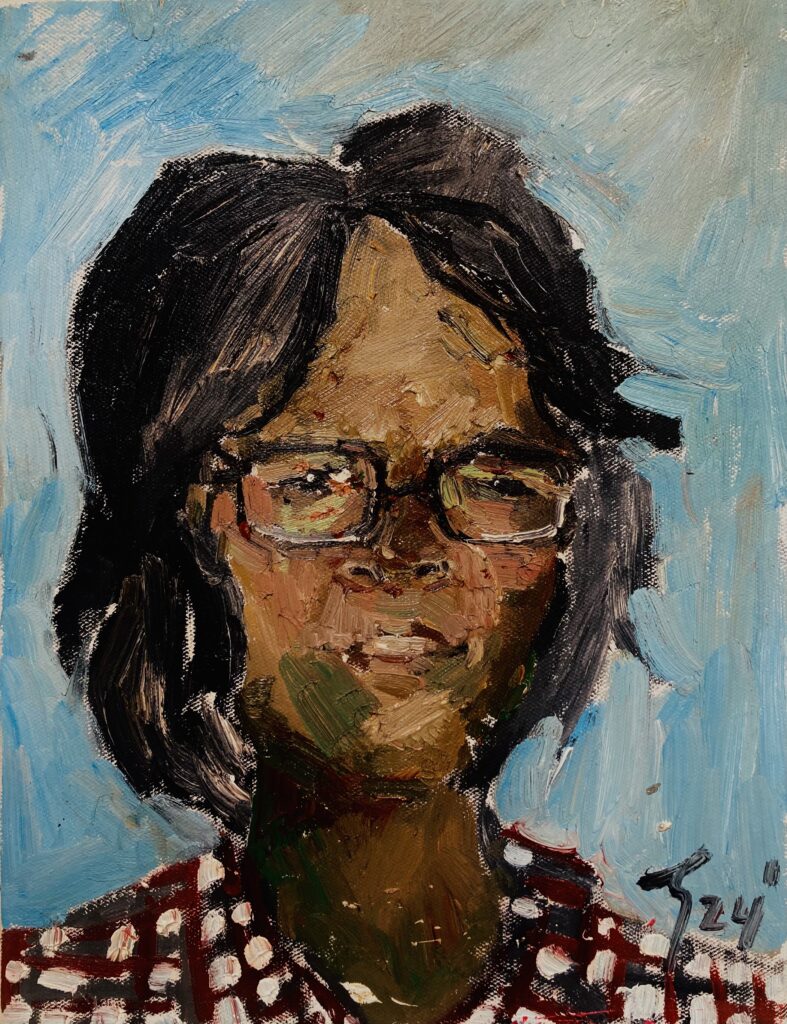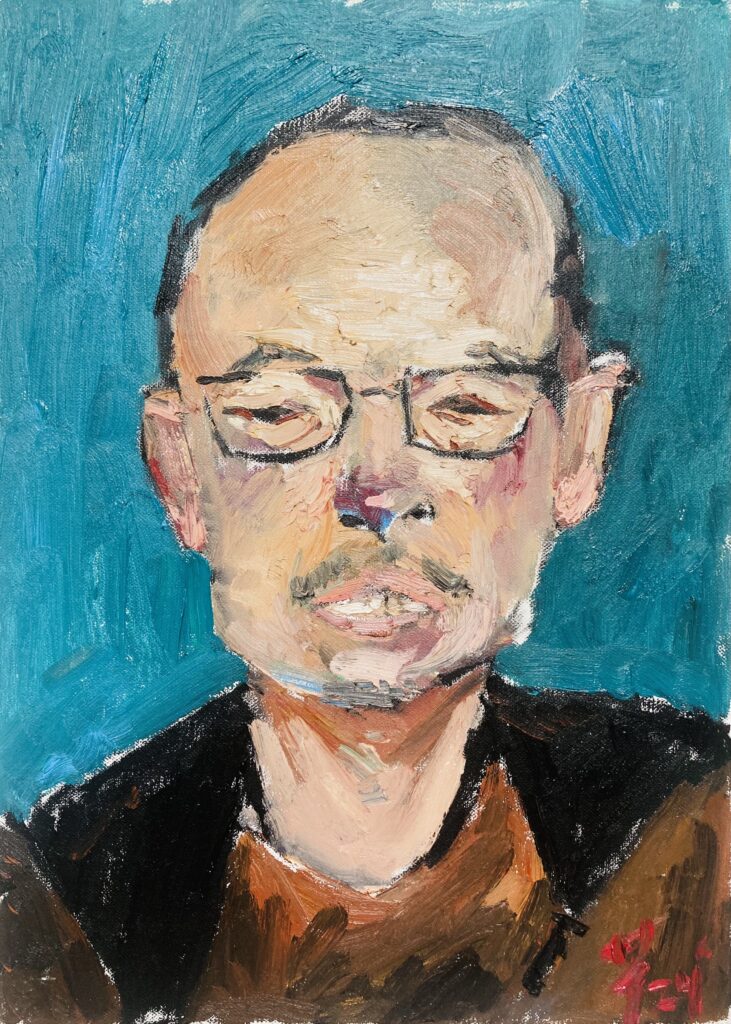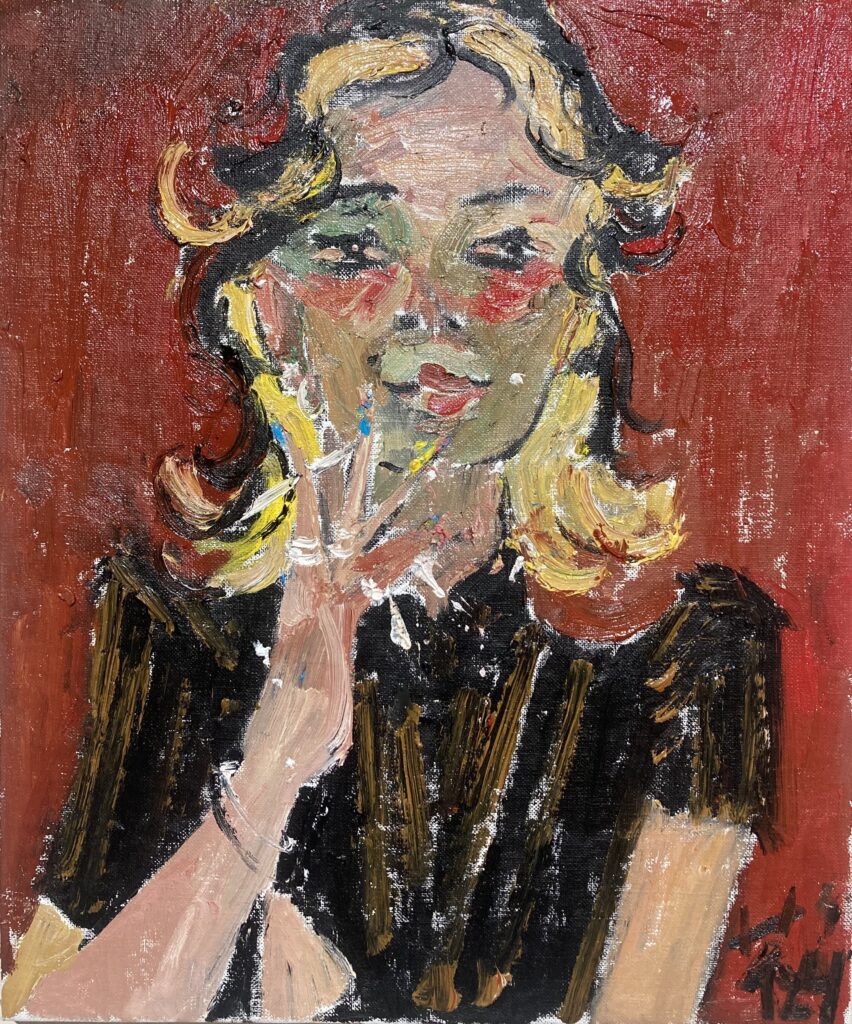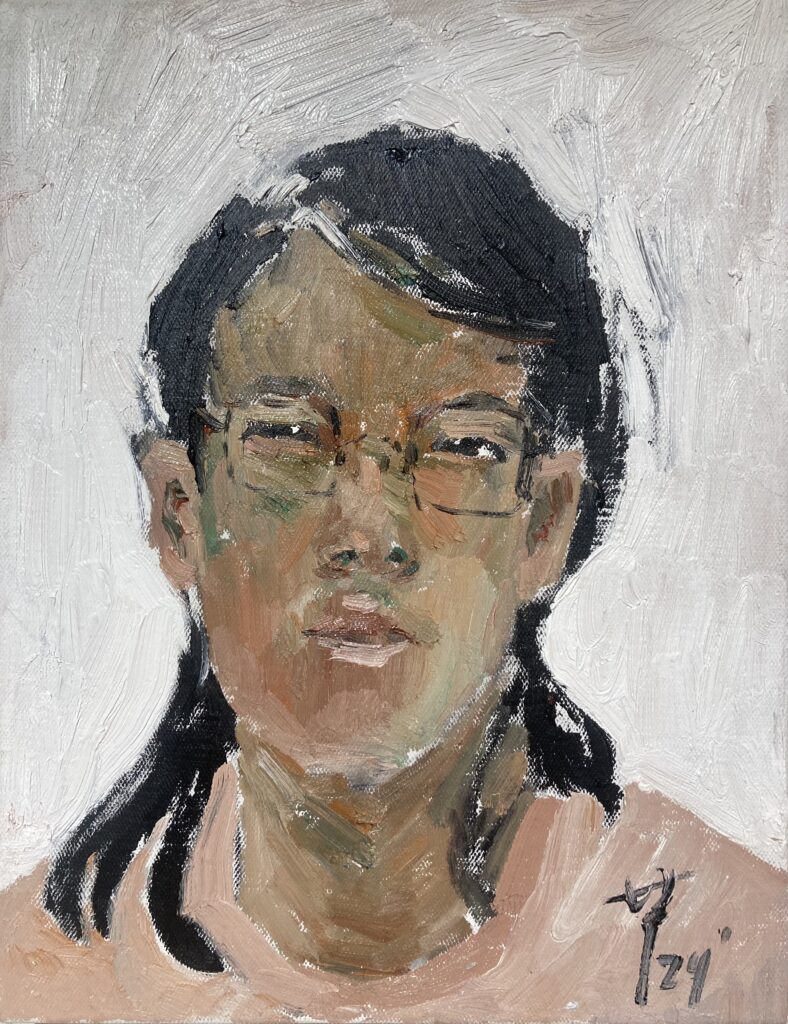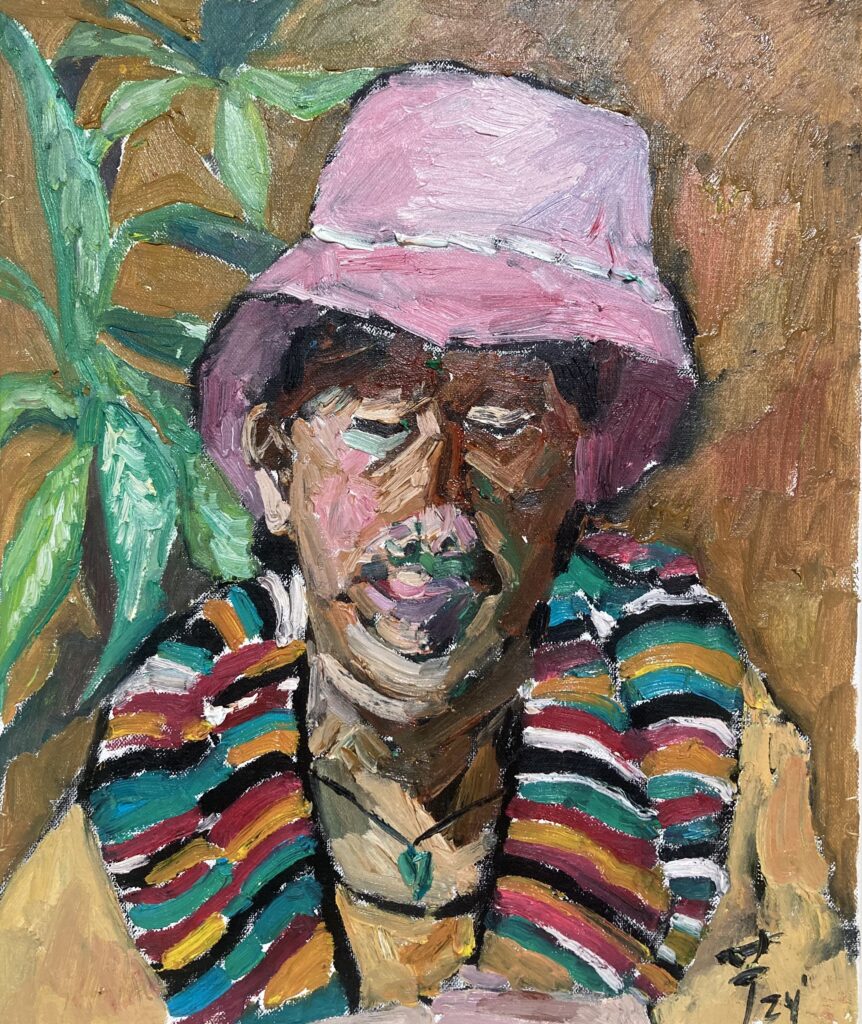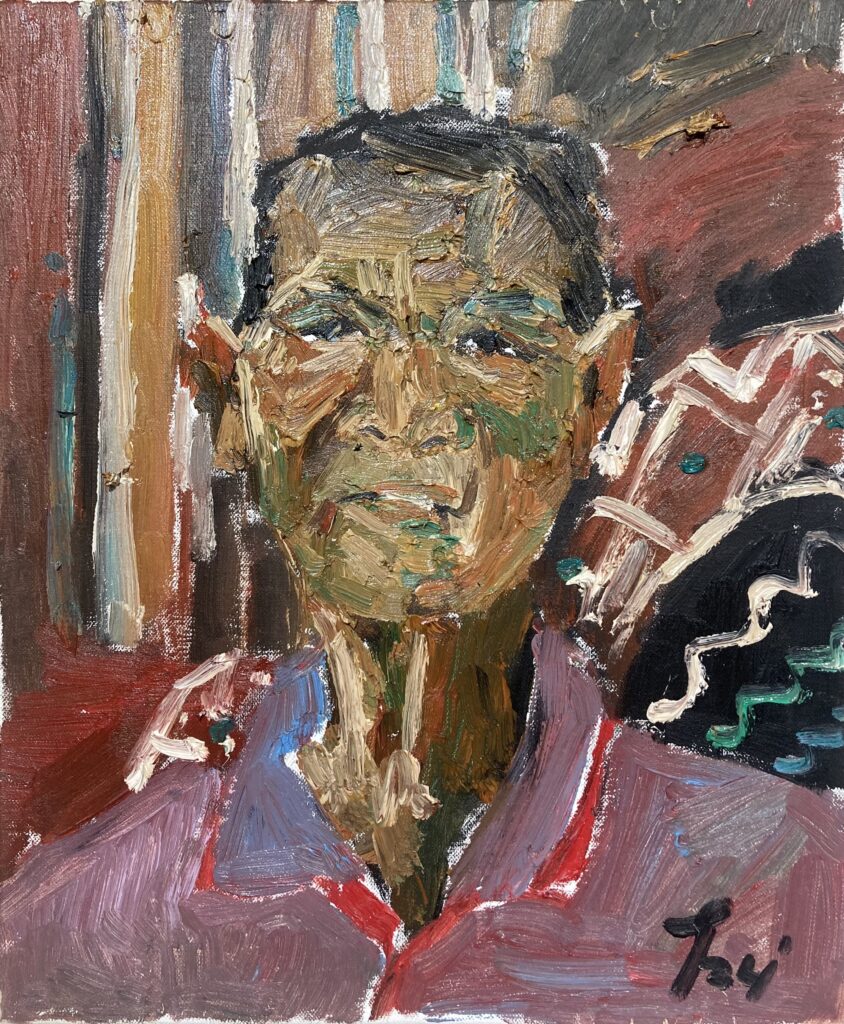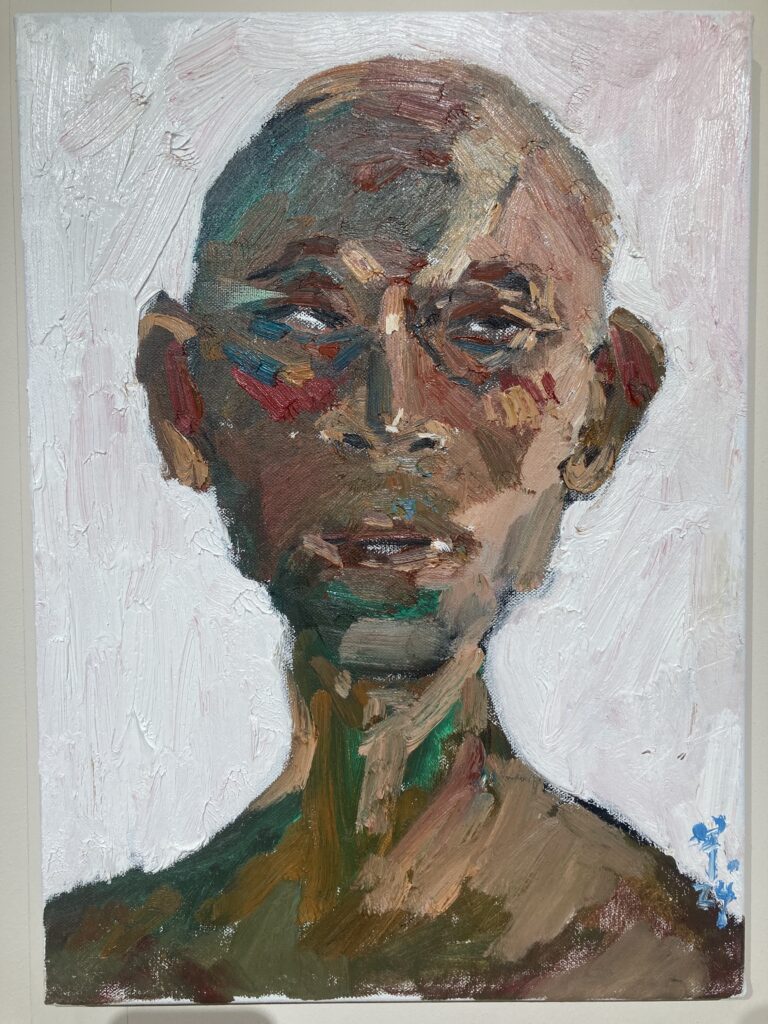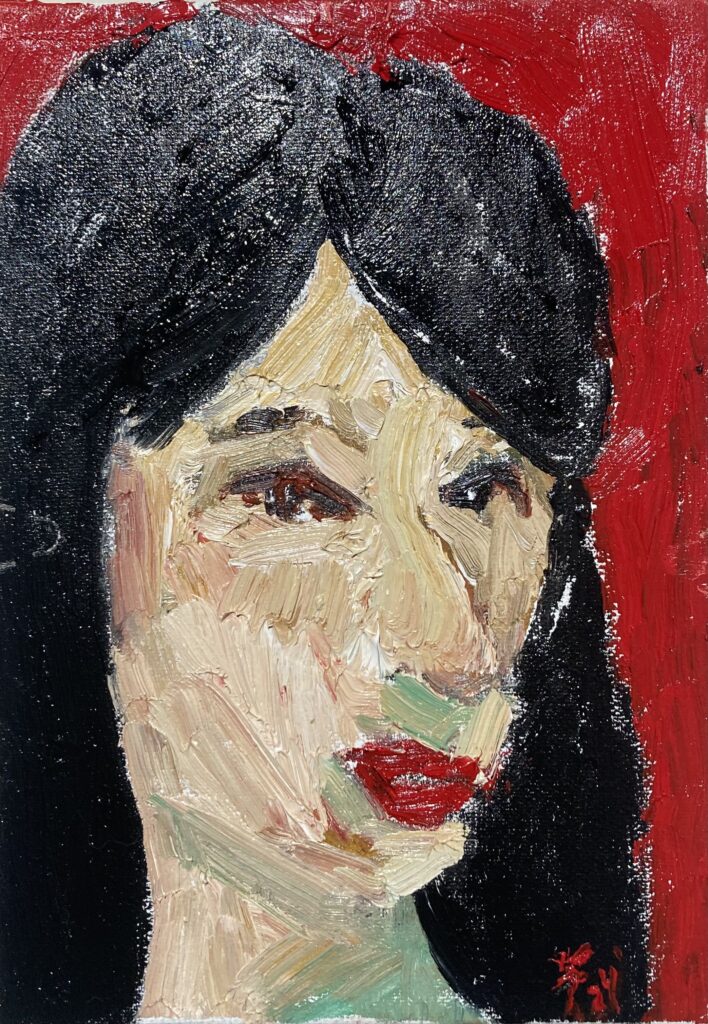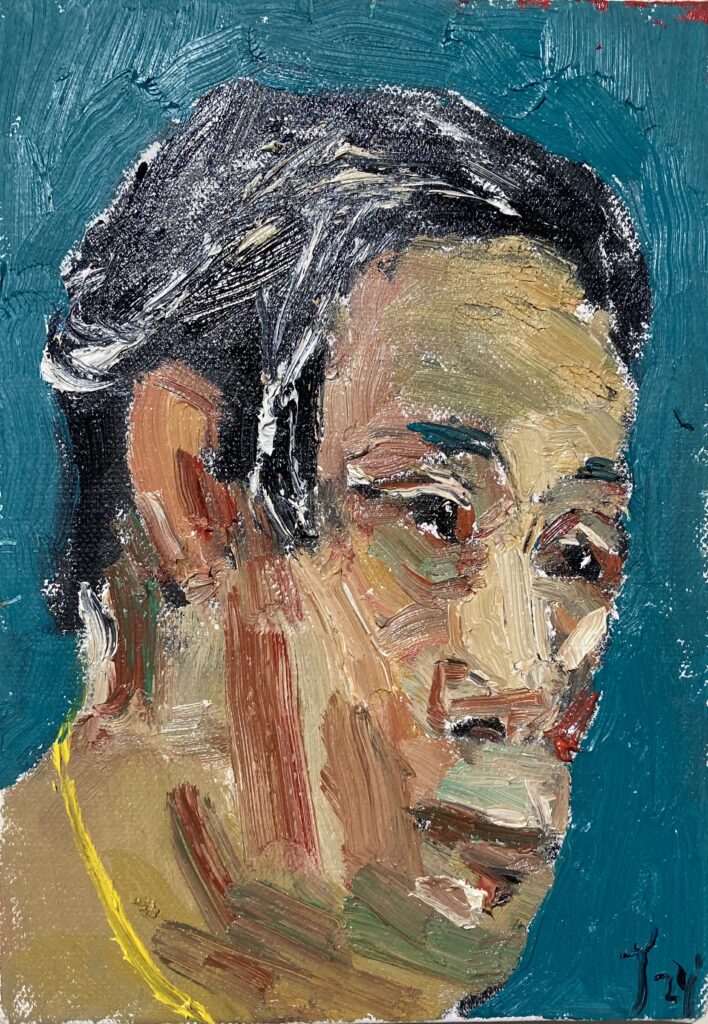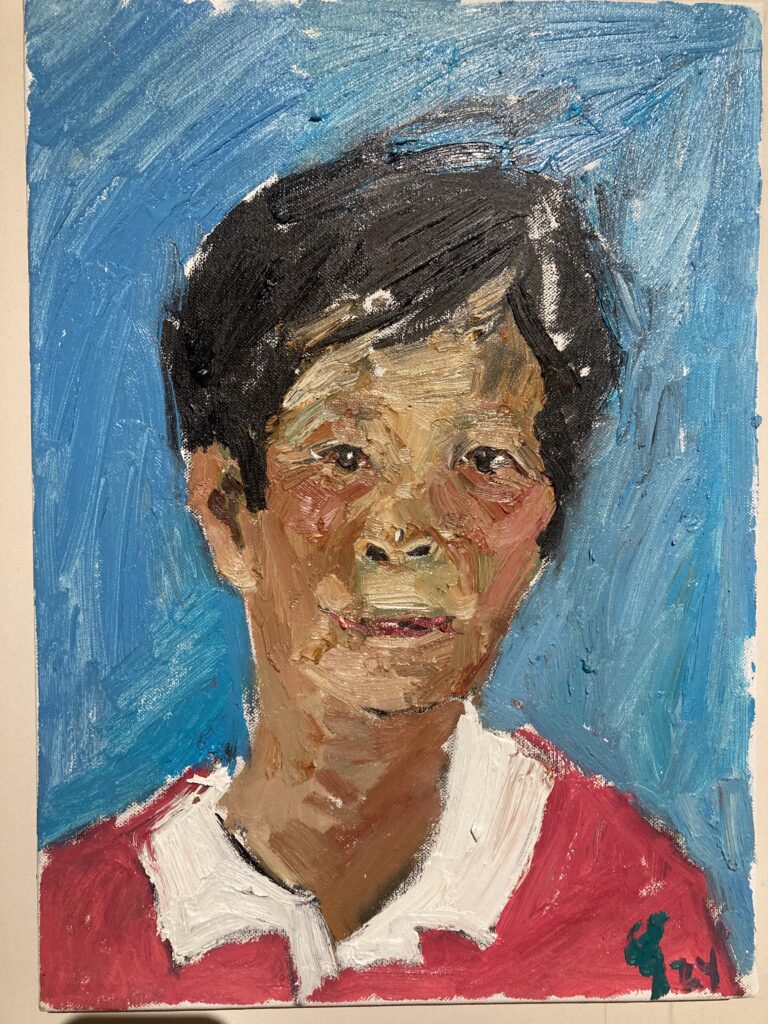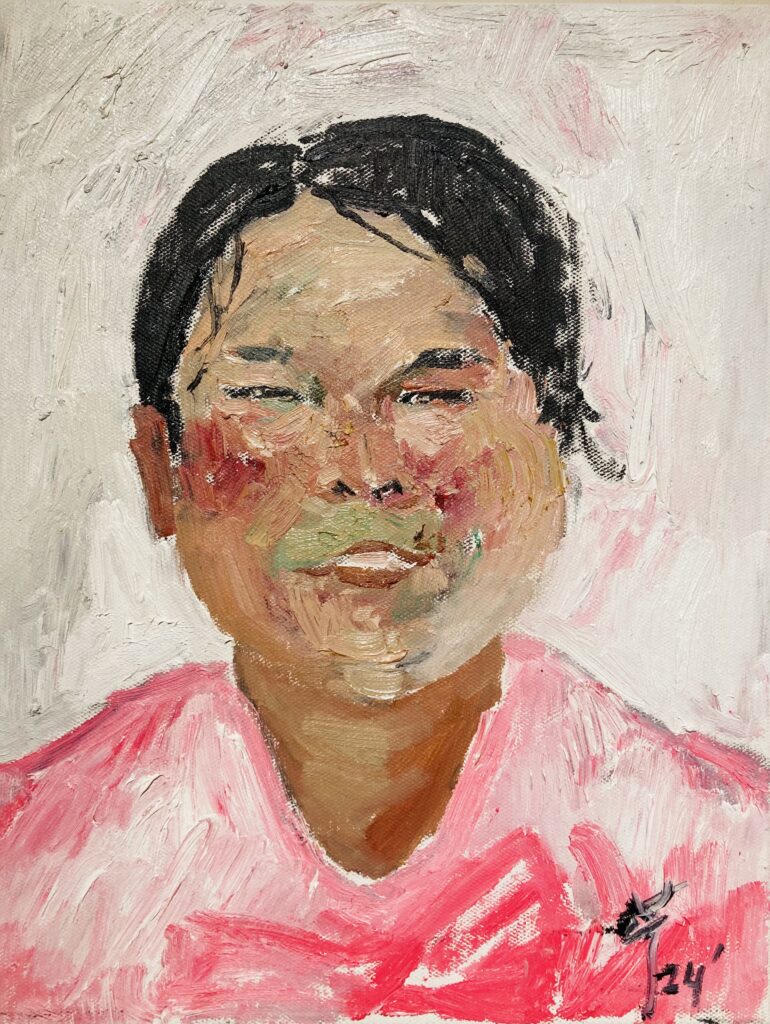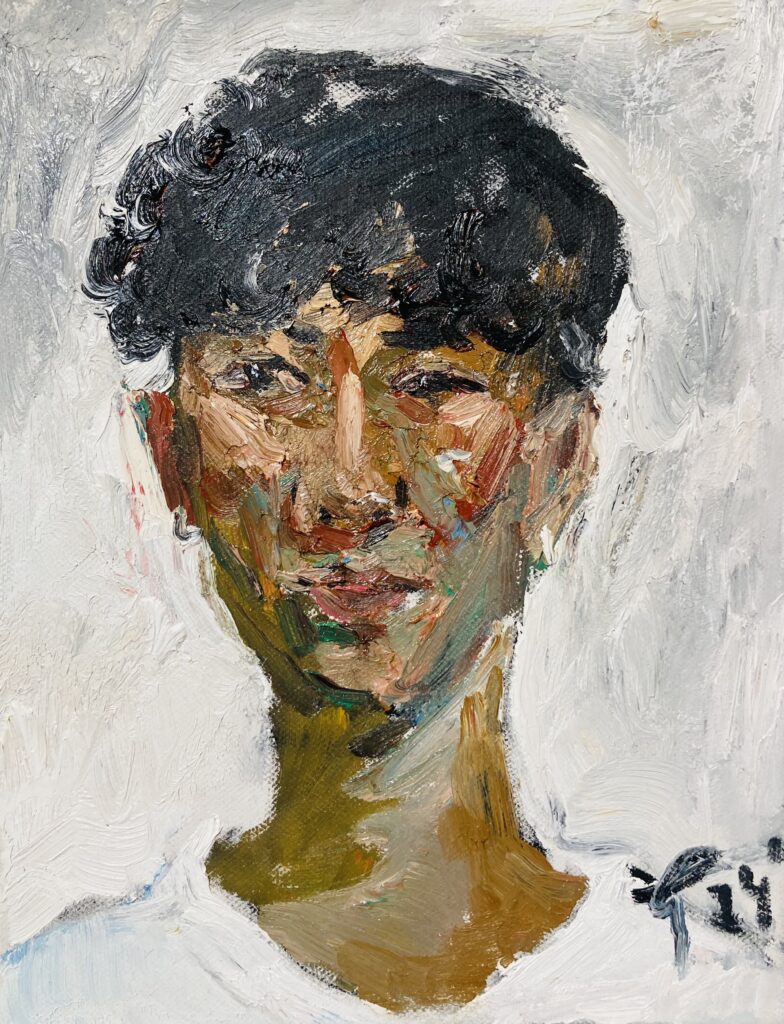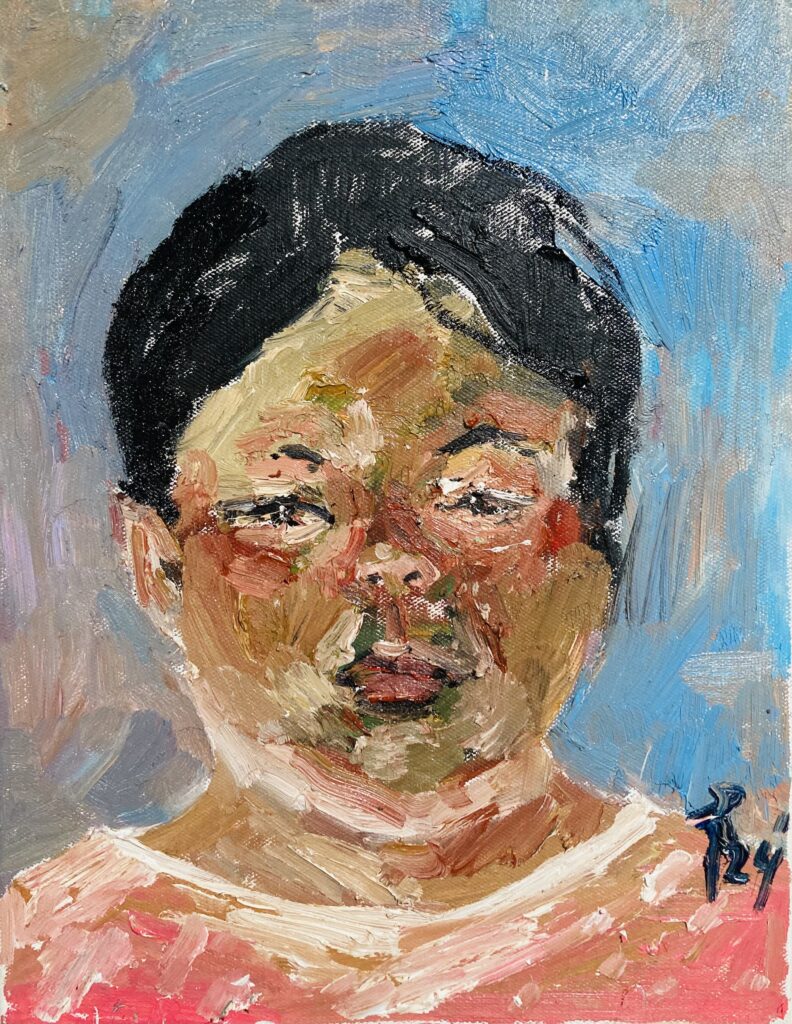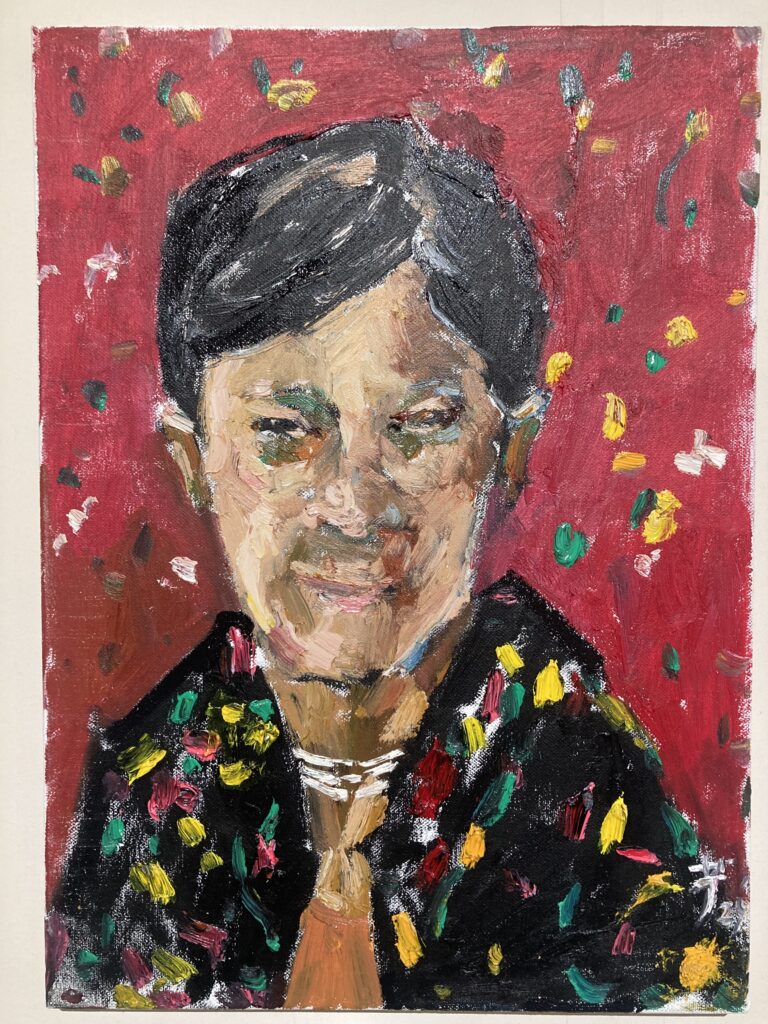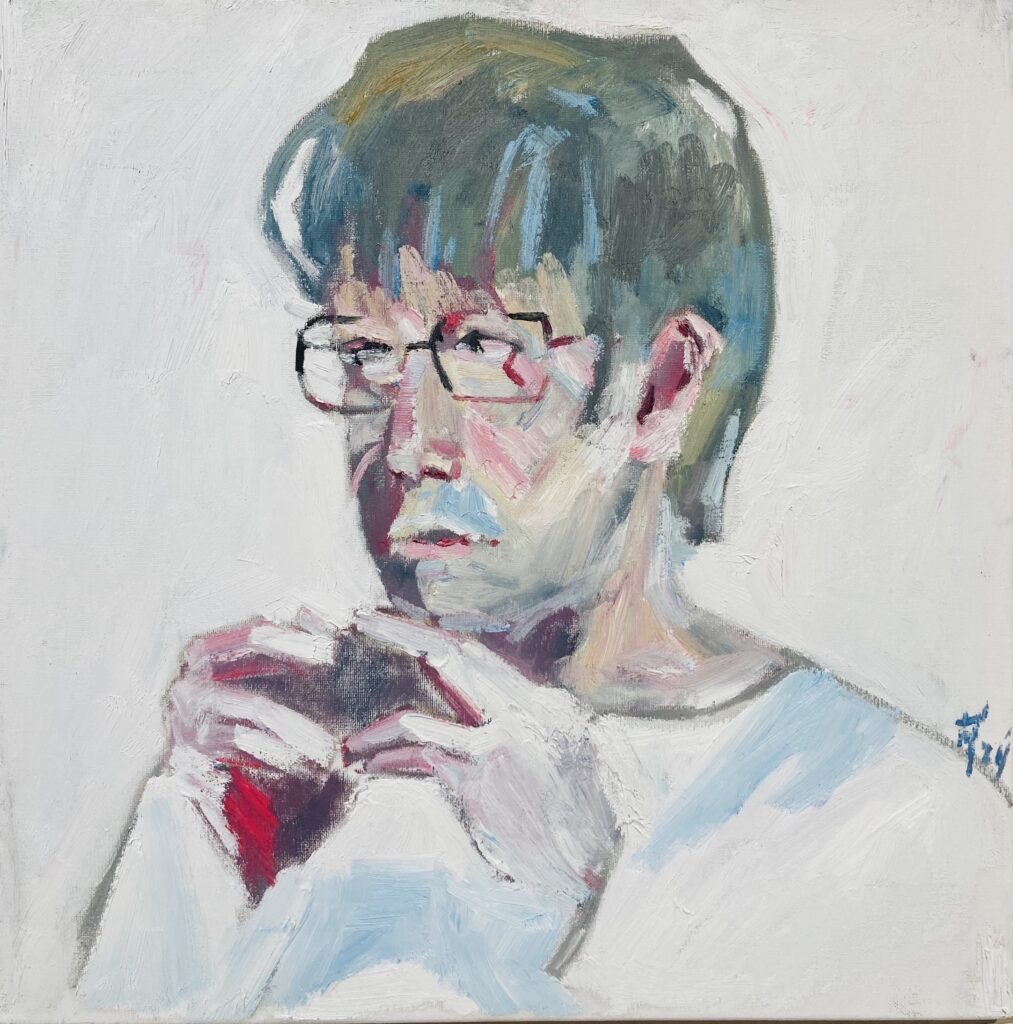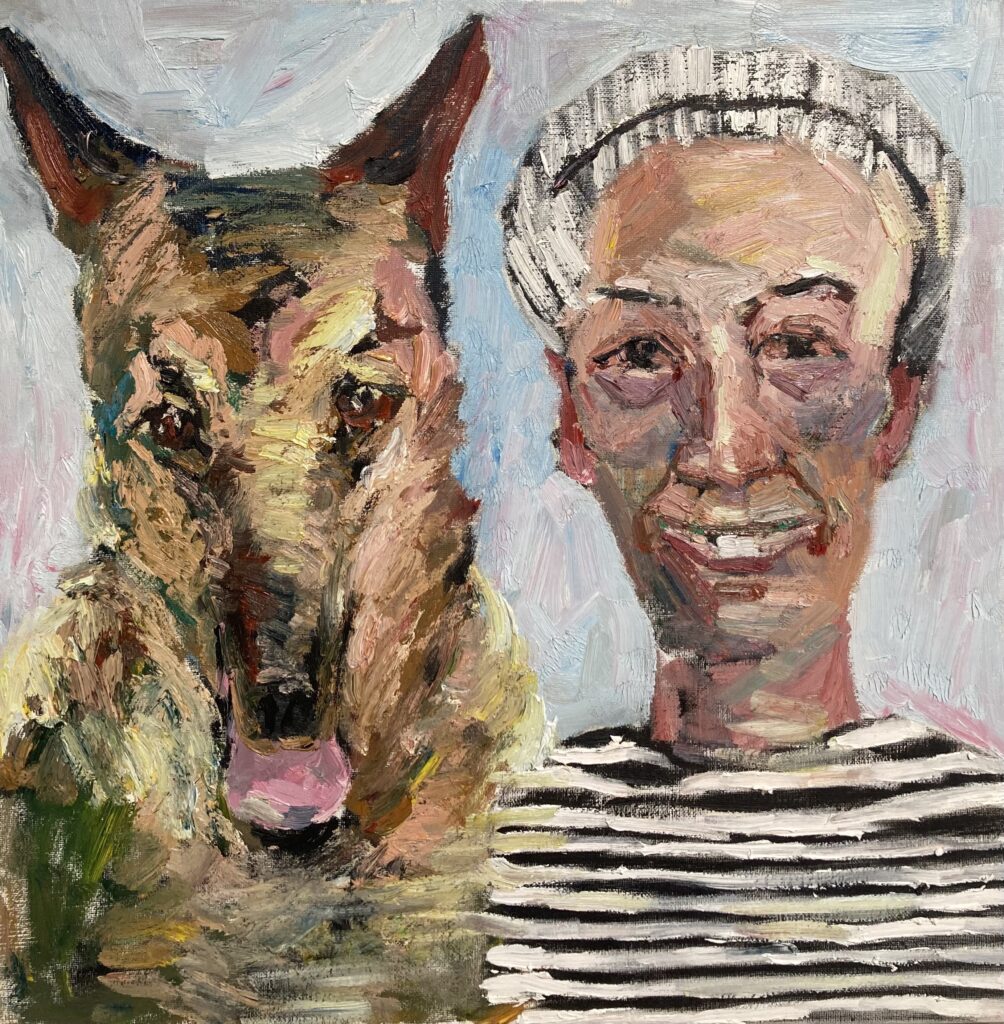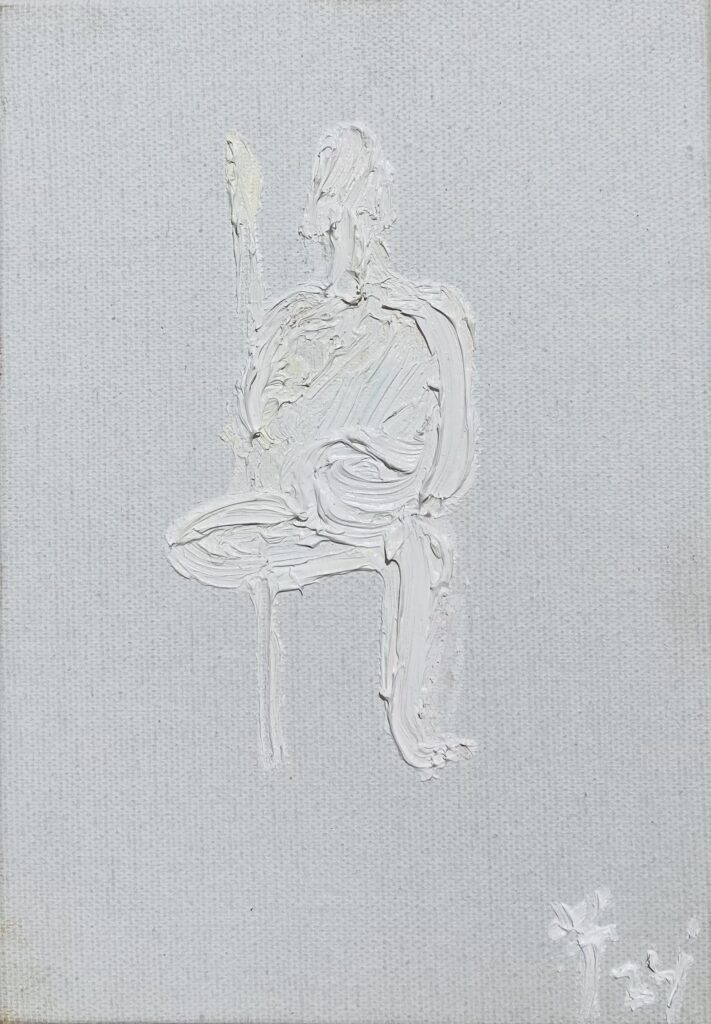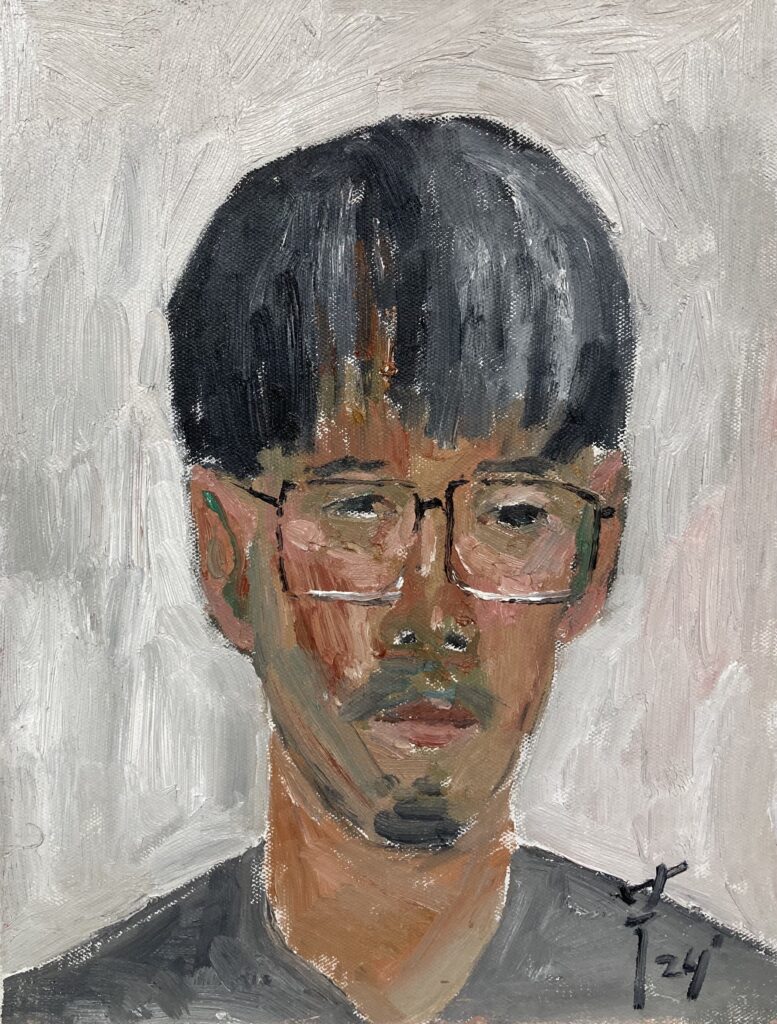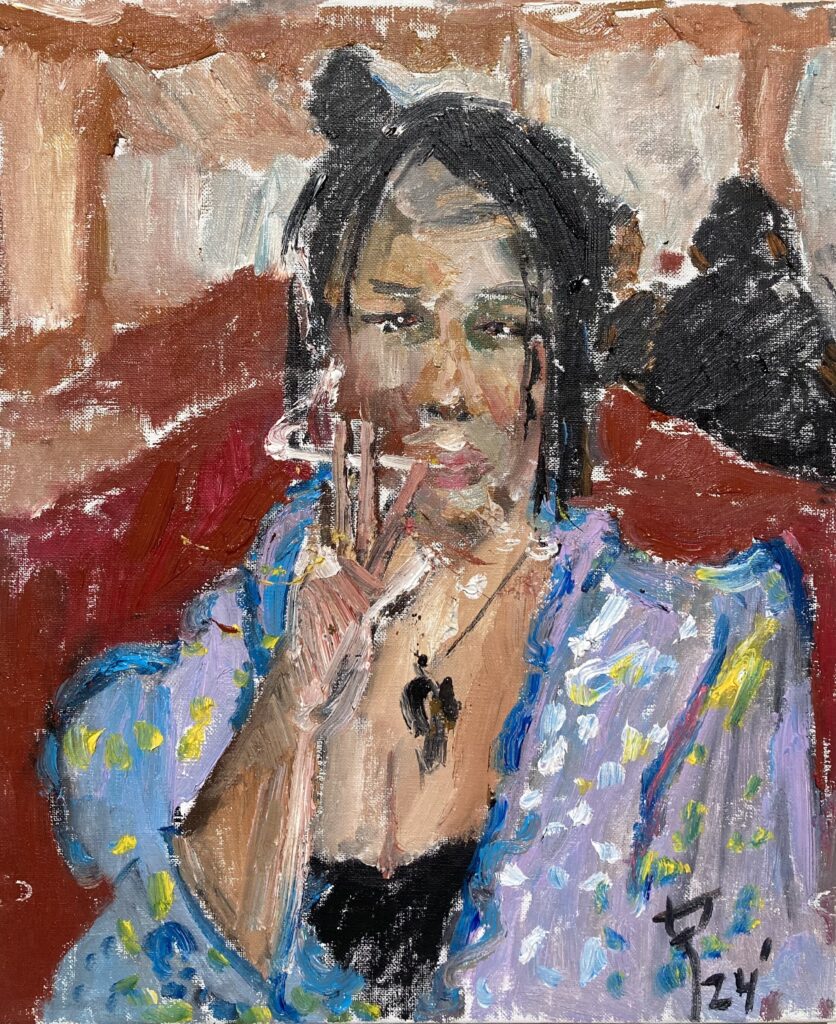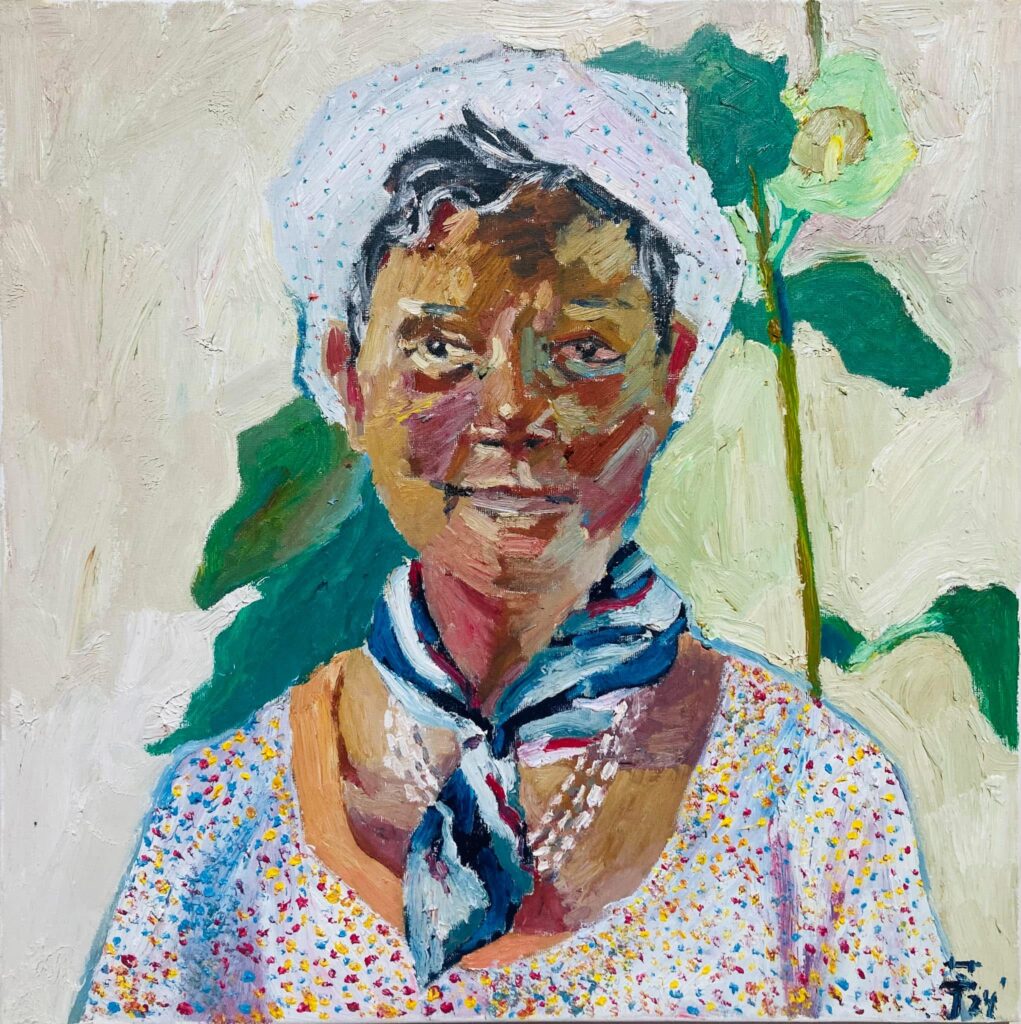2024
May I Have the Honour to Paint You a Portrait?
In Walter Benjamin’s philosophical framework, “aura” manifests in two distinct forms: one that belongs to classical artworks, such as paintings, and another that emerges through modern mechanical reproduction, like photography. This project seeks to break the constraints of time and space, simultaneously showcasing the power of mechanical reproduction while also returning to the fundamental elements of classical painting—both existing within specific temporal and spatial conditions to explore the essence of art.
This interplay and juxtaposition form the core of my artistic inquiry. In 2024, I have once again been invited by the “Learning from the Poor Alliance” (向貧窮者學習聯盟) to participate in the Taipei Biennial of the Poor (貧窮人的台北), continuing to explore how these two artistic forms engage with marginalized communities and how they illuminate distinct manifestations of aura in the present.
show moreTwo Auras: A Dialogue Between Photography and Painting
This project unfolds in two stages, each corresponding to Benjamin’s dual concept of aura:
Stage One: The Aura of Photography—Mechanical Reproduction and the Struggle for Presence
During the photographic process, an irreducible presence inevitably emerges—something the creator cannot fully contain. Even within the rigid framing of photography, something from the subject fights to assert its own existence—an imprint of life that resists complete enclosure. The aura in photography does not reside in the uniqueness of the image itself, but rather in its ability to multiply and perpetuate new representations of “the present.”
Stage Two: The Aura of Painting—Framing Meaning and the Intervention of History
Unlike photography, painting does not capture a fleeting moment but instead constructs a subject within the artist’s conceptual framework. This process transforms the subject into a part of history. The relationship between the artist and the subject, the environmental conditions of the creation, and the painting’s subsequent position in historical discourse—all these elements contribute to the aura of classical art.
Both of these artistic methods attempt to preserve and illuminate moments of life that are neither idealized nor conventionally beautiful, yet remain deeply real.
Intersecting Auras: Between Progress and Oblivion
The most tangible metaphor for aura is the halo that surrounds the moon—a luminous mist that evokes the sacredness found in religious iconography. In art, it represents a sense of mystique and unrepeatable uniqueness. Yet, Benjamin’s concept of aura is more than an aesthetic principle—it embodies the tension between technological progress and human experience.
This intersection of auras reveals two opposing yet intertwined trajectories:
1. Technological advancement propels civilization toward progress, enhancing mechanical reproduction and blurring the distinctiveness of artistic creation.
2. Meanwhile, countless “others”—the forgotten and discarded traces of human interaction—persist in the margins, resisting erasure.
These two forces raise a fundamental question: How can we truly “exist” in the present?
To break free, we must abandon the notion of time as a linear continuum, ceasing to construct the present merely as a transition between the past and future. Instead, we must embrace the present as an independent entity—only then can we experience true liberation.
Fleeting Yet Unparalleled Moments
At its core, this project does not seek to fabricate beauty but rather to safeguard moments of life that are real, even if they are imperfect or raw. Whether through the instantaneous capture of photography or the deliberate construction of painting, each work aims to affirm the undeniable presence of these lives.
These moments—perhaps not conventionally beautiful, sometimes even fractured—may, in fact, be the purest form of aura. They radiate through their disappearance, shining with an unparalleled brilliance in their vanishing.
show less